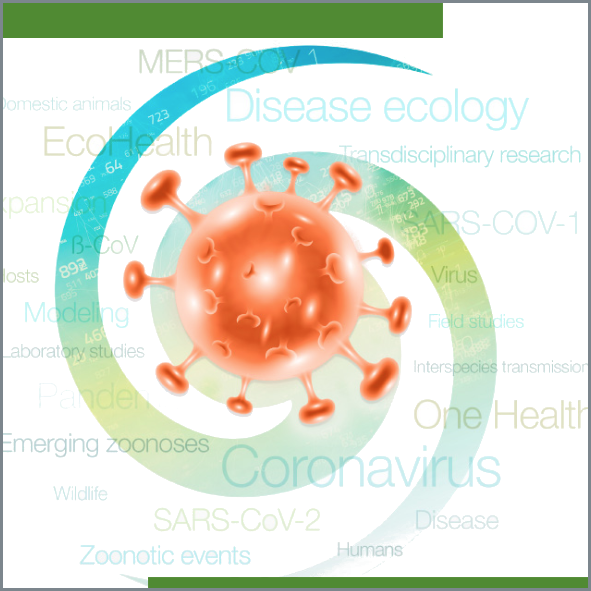Movement and feeding habits of semi-confined domestic pig groups in a rural location endemic to cysticercosis
Main Article Content
Abstract
Free-range pigs are in the highest risk to acquire cysticercosis in endemic rural locations, although the behavioral and physiological responses to the infection are known to vary widely between pigs. Those animals reared in semi-confinement showed a group behavior that allows us to follow the herd to assess the risks of contact with the parasite. This study is aimed to determine the movement and feeding habits of pig groups raised under semi-confinement conditions, using minimally invasive procedures, applying trajectory analysis to different herds in rural settings. Pig population and subpopulations were characterized, and their movement was evaluated in two seasons of the year, using a global positioning system (GPS). Our results indicate that pig groups are formed based on human ownership and the establishment of family bonds with each other. Each group interacts with other groups in specific sites of the village. Significant differences were found in the time and distance covered by pigs in the dry and rainy seasons (P < 0.05), and the distance travelled by different groups were found to take place in repetitive, well-defined spaces that include moving through sewage, landfills, and open defecation sites. Due to this stability, the trajectories covered by pigs could be useful as indicators of risk factors linked to the exposure of pigs to Taenia solium
Article Details
License

Veterinaria México OA by Facultad de Medicina Veterinaria y Zootecnia - Universidad Nacional Autónoma de México is licensed under a Creative Commons Attribution 4.0 International Licence.
Based on a work at http://www.revistas.unam.mx
- All articles in Veterinaria México OA re published under the Creative Commons Attribution 4.0 Unported (CC-BY 4.0). With this license, authors retain copyright but allow any user to share, copy, distribute, transmit, adapt and make commercial use of the work, without needing to provide additional permission as long as appropriate attribution is made to the original author or source.
- By using this license, all Veterinaria México OAarticles meet or exceed all funder and institutional requirements for being considered Open Access.
- Authors cannot use copyrighted material within their article unless that material has also been made available under a similarly liberal license.



